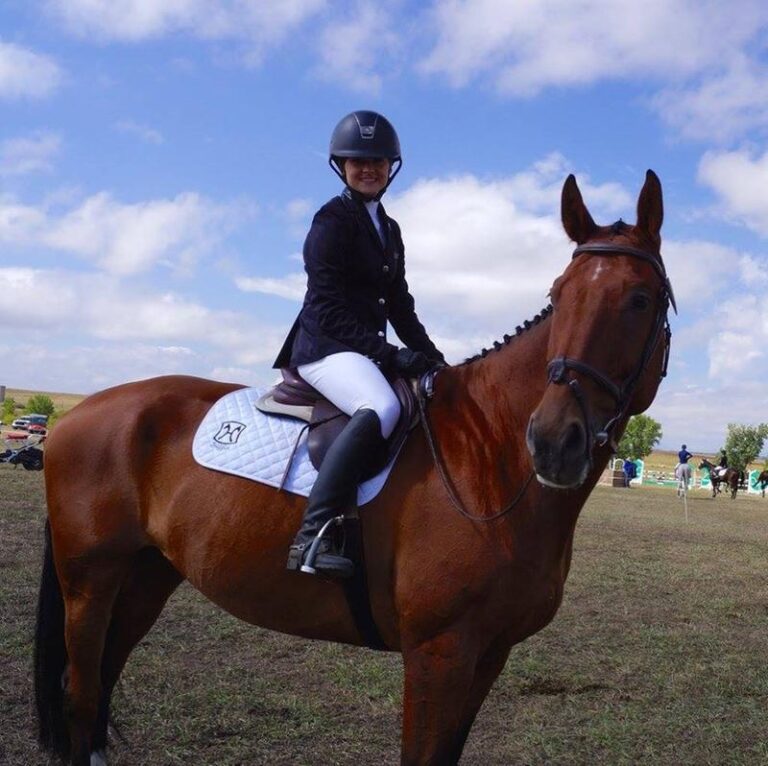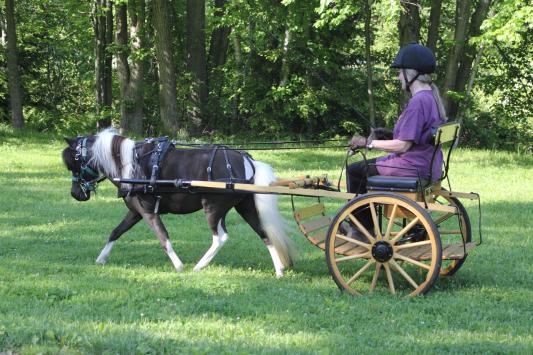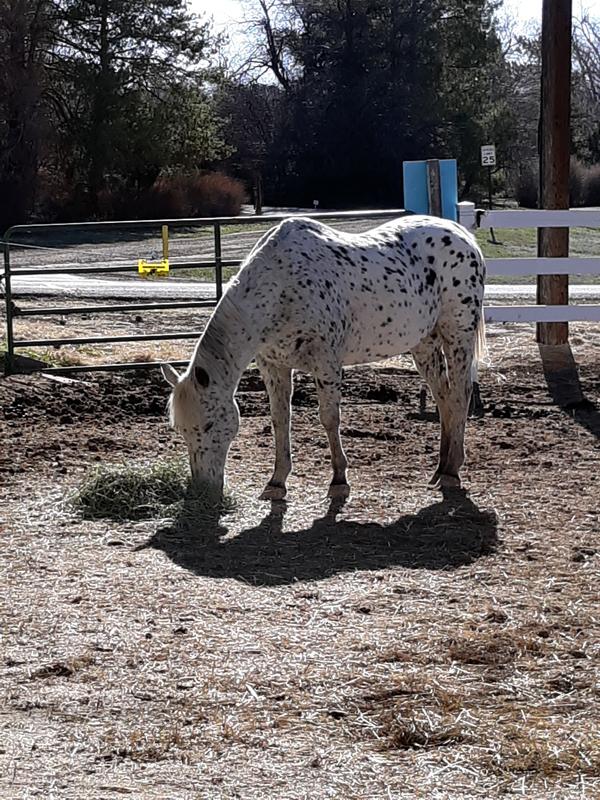
Horse Feed to Reduce the Risk of Colic
What is the best horse feed to reduce the risk of colic? Find out what ingredients set Nutrena® horse feed apart from other horse feed brands on the market and why we provide the best support for your horse’s stomach, foregut, and hindgut.
FAQs About Colic
If you’re a horse owner trying to prevent colic, it’s important to read these frequently asked questions about ingredients, diet requirements, and what is guaranteed on your feeding tag. In order to reduce the risk of colic, you have to know what factors go into gut health and how to compare different products on the market.
-
What is colic and what causes it?
Colic is defined as abdominal pain. It could be associated with any organ in the abdominal cavity. Generally, it refers to pain originating from the digestive tract. Colic is one of the most common causes of emergency treatment in horses. It also is the leading disease cause of death in horses.
Causes are many and are classified according to the contributory causes, disease present and the location in the gastrointestinal tract where the problem occurs. Examples include: ileus from intestinal spasms, gas colic resulting from nonstructural carbohydrates (starch and sugars) overloading the small intestine, obstructive colic which may be an impaction of the small or large intestine, enteritis or colitis which is inflammation of the small or large intestine, displacement, strangulation and gastric or intestinal ulcers.
Contributing factors can include starch overload, impaction, lack of forage or pasture access, change of diet, group feeding, meal timing, feed intake, moldy hay or feed, inadequate water consumption, sand ingestion, hay contamination (ex: blister beatles), etc.
-
What feed management best practices can reduce the risk of colic?
Feeding management and non-feeding-related management practices can all have an impact on reducing the risk of colic.
The following management practices can aid in reducing the risk of colic:
- Parasite Control: Includes proper sanitation and regular deworming per program.
- Dental Care: Be sure to schedule regular dental exams as needed.
- Fresh Clean Water: A lack of water in both cold and warm weather may increase risk of colic.
- Consistent Diet: Avoiding sudden changes in either hay or grain may help reduce risk. A survey by Dr. Noah Cohen et al in Texas indicated forage changes are associated with colic more frequently than changes in the grain portion of the diet.
- Avoid Starch Overload. Starch overload, or allowing undigested starch to get to the hindgut, is a major cause of gas colic. Limiting meal size, maintaining equal feeding intervals, and selecting controlled starch feed products for a feeding program, may help reduce the risk of starch overload.
- Feed Additives. Some feed additives, such as direct fed microbials and yeast culture, may also be beneficial in improving forage utilization and digestion.
-
How does Nutrena feed support gut health differently than other feed brands?
First, the Nutrena brand changed the feed industry over 20 years ago with the debut of the original SafeChoice® horse feed, the first-ever controlled starch horse feed to hit the market. Prior to the launch of the original SafeChoice feed, unknown starch and sugar content levels were the norm in the feed industry. While starch and sugar are effective and efficient calorie sources in horse feeds, excess intakes per meal, particularly for starch, can lead to problems in the horse. By “controlling” and setting maximums on the starch and sugar levels, our SafeChoice horse feed provided a new direction in the feed industry and helped reduce the prevalence of digestive concerns for a wide variety of horses.
Throughout the years, Nutrena has continued to focus on digestive health by including ingredients such as Pre and Probiotics and organic trace mineral complexes to support a healthy gut. Then in 2023, Nutrena relaunched SafeChoice formulas, being the first feed on the market to offer a complete Digestive Shield™ with Controlled Starch, Pre + Pro +Postbiotics and Calcite to help optimize the entire digestive tract.
-
Why is your horse’s gut important?
Maintaining a balanced digestive system is critical to overall horse health. The digestive tract, or “gut,” of the horse is responsible for breaking down (digesting) and absorbing nutrients found in feedstuffs. The microbial population within the gut also plays a role in producing key vitamins. And by some estimates, the gut is responsible for 70% of the horse’s immune system. Gut health refers to both the integrity of the gastrointestinal tract and the balance of microorganisms that live in the digestive tract.
Save with our See the Difference Trial
Recommended Products
-
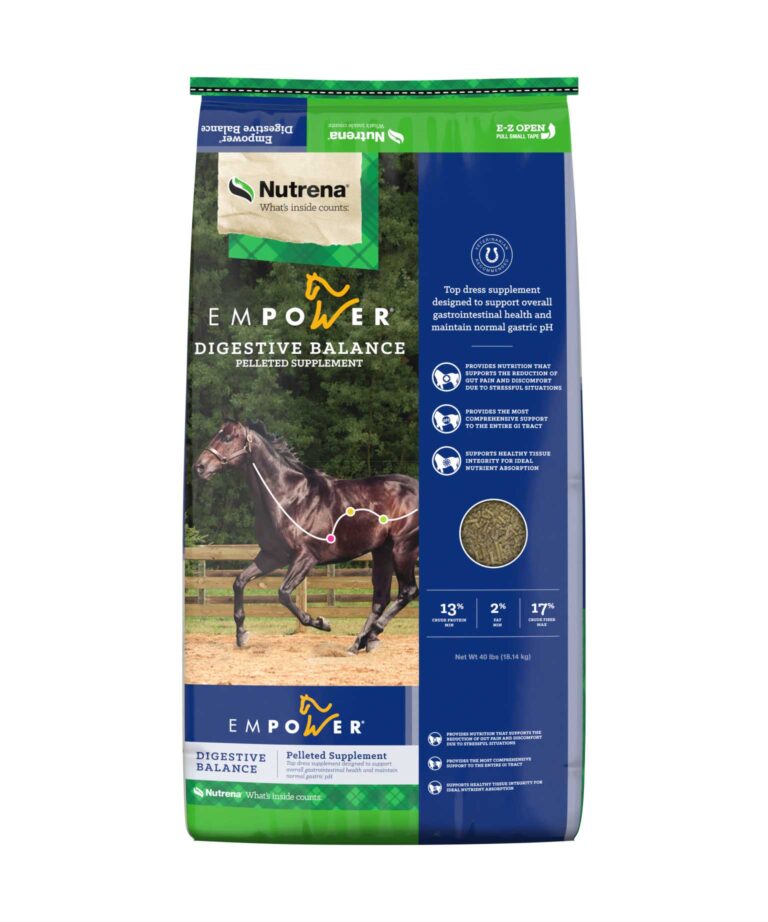 Empower
Empower
Digestive Balance
13.0% Crude Protein17.0% Max Crude Fiber2.0% Crude FatA pelleted top dress supplement designed to support overall gastrointestinal health and maintain normal gastric pHLearn More -
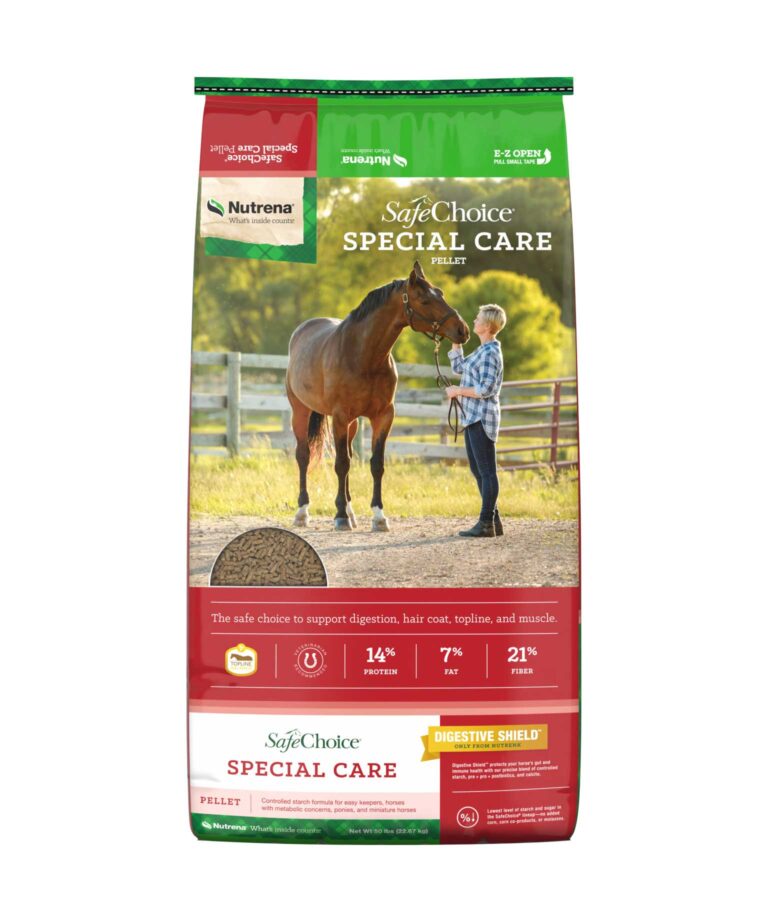 SafeChoice
SafeChoice
Special Care
14.0% Crude Protein21.0% Max Crude Fiber7.0% Crude FatLow controlled starch formula with only 10% NSC for horses with metabolic concerns and easy keepers – now with Digestive Shield™Learn More -
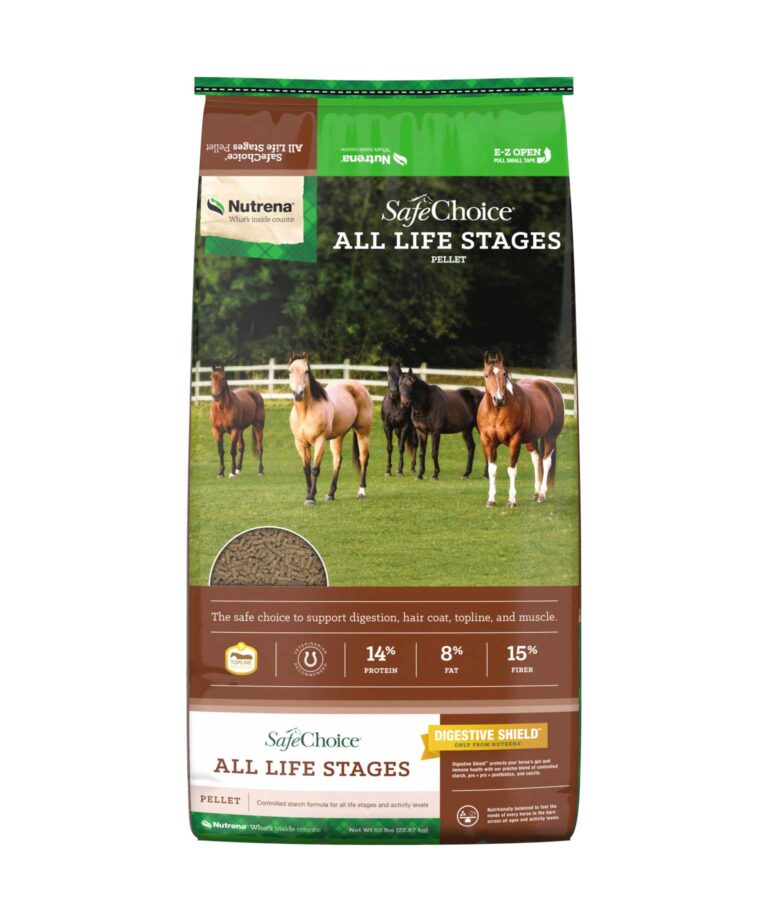 SafeChoice
SafeChoice
All Life Stages
14.0% Crude Protein15.0% Max Crude Fiber8.0% Crude FatNutritionally balanced, controlled starch formula for all life stages and activity levels including performance horses – now with Digestive Shield™Learn More
Get a FREE Consultation
Fill out our Contact Us form for an equine nutrition expert to provide 1-on-1 recommendations for your feeding program.
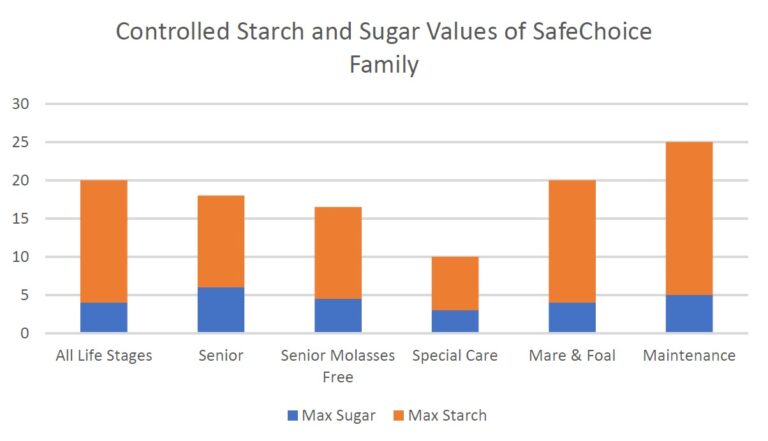
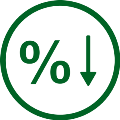
Controlled Starch
Pioneered by Nutrena
The Nutrena brand changed the feed industry over 20 years ago with the debut of the original SafeChoice Horse Feed, the first-ever controlled starch horse feed to hit the market. By “controlling” and setting maximums on the starch and sugar levels, our SafeChoice horse feed provided a new direction in the feed industry and helped reduce the prevalence of digestive concerns for a wide variety of horses.
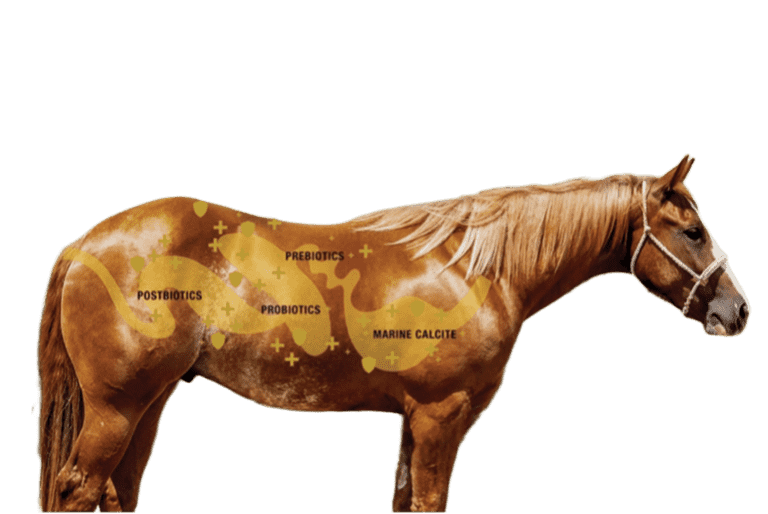
Digestive Shield™
Only from Nutrena
Digestive Shield™ is a new technology, exclusive to the Nutrena® brand, that supports gut health from end-to-end with a unique combination of controlled starch, calcite and pre + pro + postbiotics. Digestive Shield™ is one more way Nutrena® continues to work to promote the health and well-being of horses. Unlike some other horse feed, Nutrena SafeChoice guarantees pre + pro + postbiotics on our feed tags, so you can support your horse’s immune system and gut health, maintain microbiome and stomach pH, balance digestive system, digestive tract, overall health and performance.
Related Topics
-
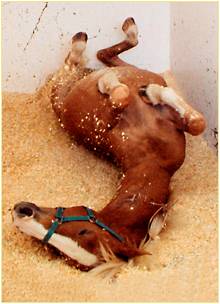
Management Practices: Reducing the Risk of Colic
Feeding management and non-feeding-related management practices can all have an impact on reducing the risk of colic. The following management practices can aid in reducing the risk of colic.
View Blog -
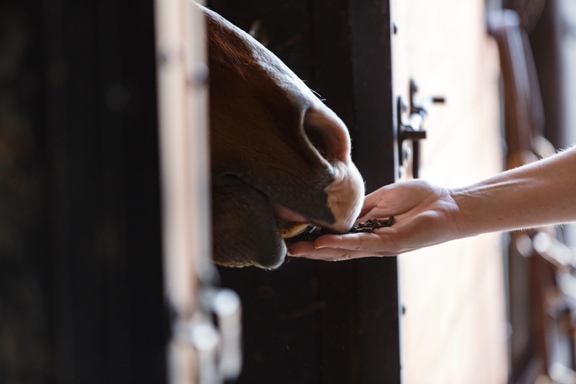
Starches and Sugars in Horse Feeds
Starch is a great energy source for most horses, but excess starch can cause metabolic disturbances, such as colic or laminitis in horses. Learn what role starch and sugar play in your horse’s diet.
View Blog -
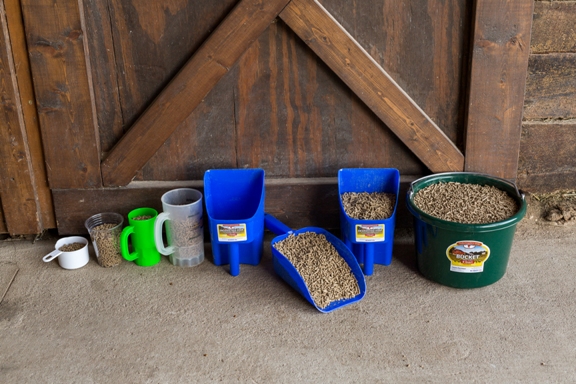
Transitioning Your Horse to a New Feed
Learn why it’s important to transition your horse gradually over a 7 day period, gradually increasing the new feed and decreasing the old. Throughout the process, you’ll want to watch your horse’s body condition and adjust feeding rates as needed.
View Blog -
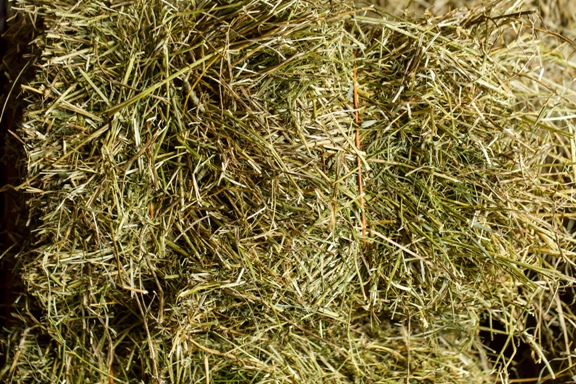
Importance of Hay Quality for Horses
The quality and nutrient content of the hay or roughage source is critical because it is the foundation of the horse’s diet and provides 50%- 90% of the total nutrient intake for many horses. Get tips for visual and physical inspection.
View Blog

